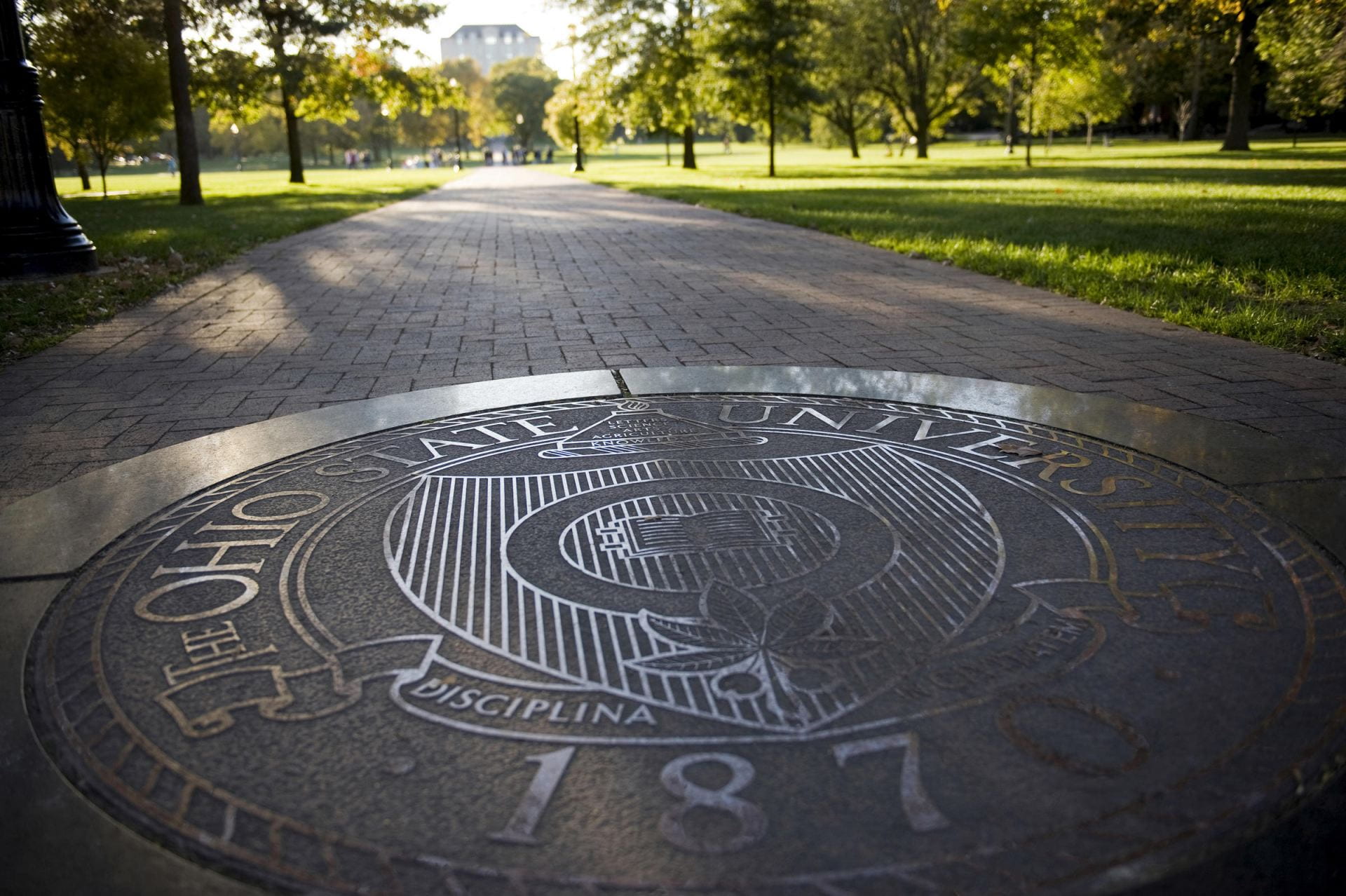
The Board of Trustees approved increases in tuition, as well as housing and dining fees Thursday. Credit: Lantern file photo
This story was updated July 31, 2022 to appear in the Buckeyebound Edition distributed Aug. 1.
Ohio State’s Board of Trustees approved a resolution to increase tuition for fall 2022, housing and dining rates for incoming first-year and graduate students May 19.
Tuition — which includes instructional and general fees, as well as mandatory fees and housing and dining rates for incoming students — will increase by 4.6 percent. Out-of-state incoming students will have a 5 percent surcharge increase in their tuition and mandatory fees on top of the 4.6 percent, according to the Board of Trustees meeting agenda.
Tuition and fees will cost an estimated $12,485 per year for in-state incoming first-year students and $35,019 per year for out-of-state students, according to the meeting agenda. In-state students will pay $549 more than in 2021, and out-of-state students will pay $2,252 more. The non-resident surcharge is the difference between in-state and out-of-state tuition. Incoming out-of-state freshmen will be subject to both the tuition and fees and the surcharge increase.
The estimated cost of room and board is an additional $13,966.
Tuition and fees for incoming graduate students will also increase by 4.6 percent, with an additional 2.5 percent surcharge increase for incoming out-of-state graduate students, according to the meeting agenda.
The change will not affect current university students, in accordance with the Ohio State tuition guarantee program, which locks tuition for Ohio residents throughout their four years at the university.
Student health insurance will increase by 4.9 percent, reaching $3,530 annually, according to the meeting agenda.
Michael Papadakis, Ohio State’s senior vice president of business and finance and chief financial officer, said during the meeting the university faced financial strains because of a decrease in state funding, stagnant tuition prices from the tuition guarantee program and the impact of inflation. These factors led to the increase in tuition, he said.
“There’s significant inflationary impacts we’re seeing both from a labor standpoint — that’s full-time employees and student employees as well — and then all of the commodity cost pressures that we’re all seeing, whether it’s energy costs, food costs, etc.,” Papadakis said.
These increases come a year after the Board of Trustees approved a 3.8 percent increase in tuition and instructional fees, as well as a 2.5 percent increase in dining and housing rates for incoming first-year students in the fall 2021.
The increase in tuition and mandatory fees also applies to regional campuses, according to the meeting agenda.
At Lima, Mansfield, Marion and Newark campuses, the estimated annual cost of tuition and fees for in-state incoming freshmen will be $3,944 or $24,237 for out-of-state students. In-state students at the Agricultural Technical Institute in Wooster will pay $8,900 while those out-of-state will pay $33,137, according to the meeting agenda.
Gov. Mike DeWine said in a statement May 19 that he is unhappy with the tuition increase because inflation is negatively impacting in-state families financially.
“I am disappointed that Ohio State is raising tuition on incoming first-year students,” DeWine said. “This is not a wise decision.”
International undergraduate students will not see a surcharge increase, according to the meeting agenda.
Despite the increase, University Ben Johnson said in an email Ohio State will remain the second most affordable selective admission public university in Ohio for in-state undergraduate students and the seventh for in-state tuition and fees among the Big Ten schools.
Johnson said the university will also continue the Scarlet and Gray Advantage program — an initiative started by University President Kristina M. Johnson dedicated to enable Ohio State students to graduate debt-free over the next 10 years.


